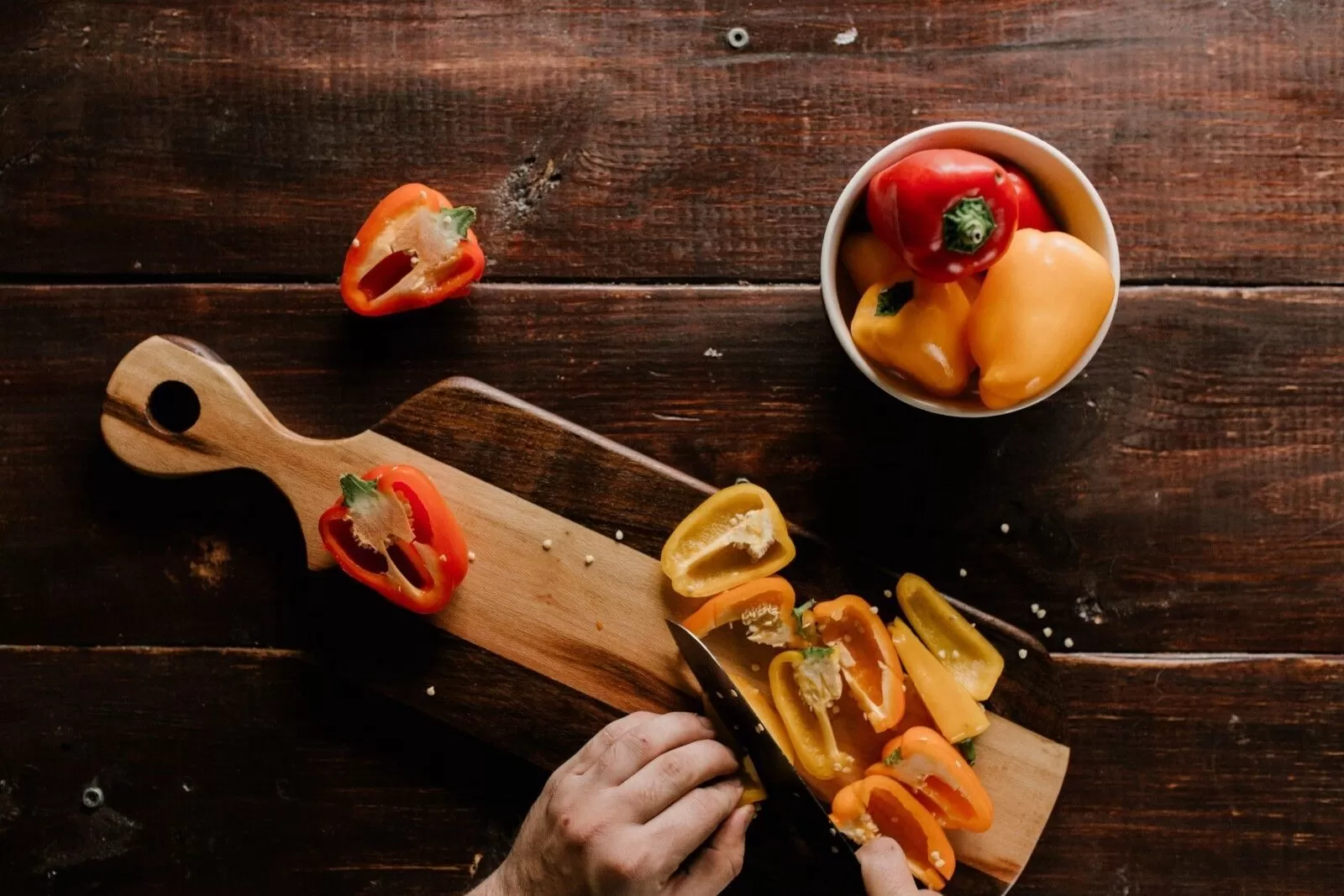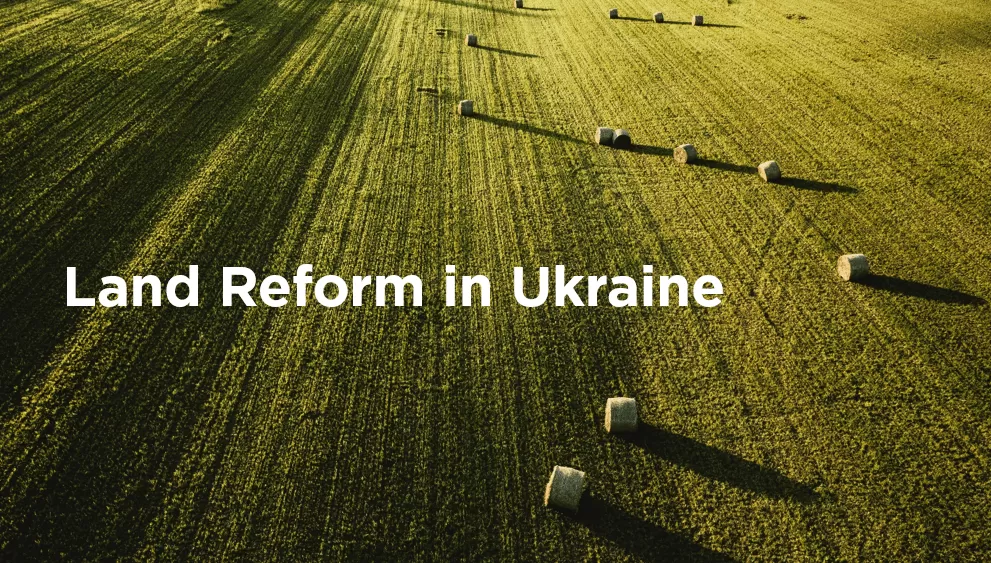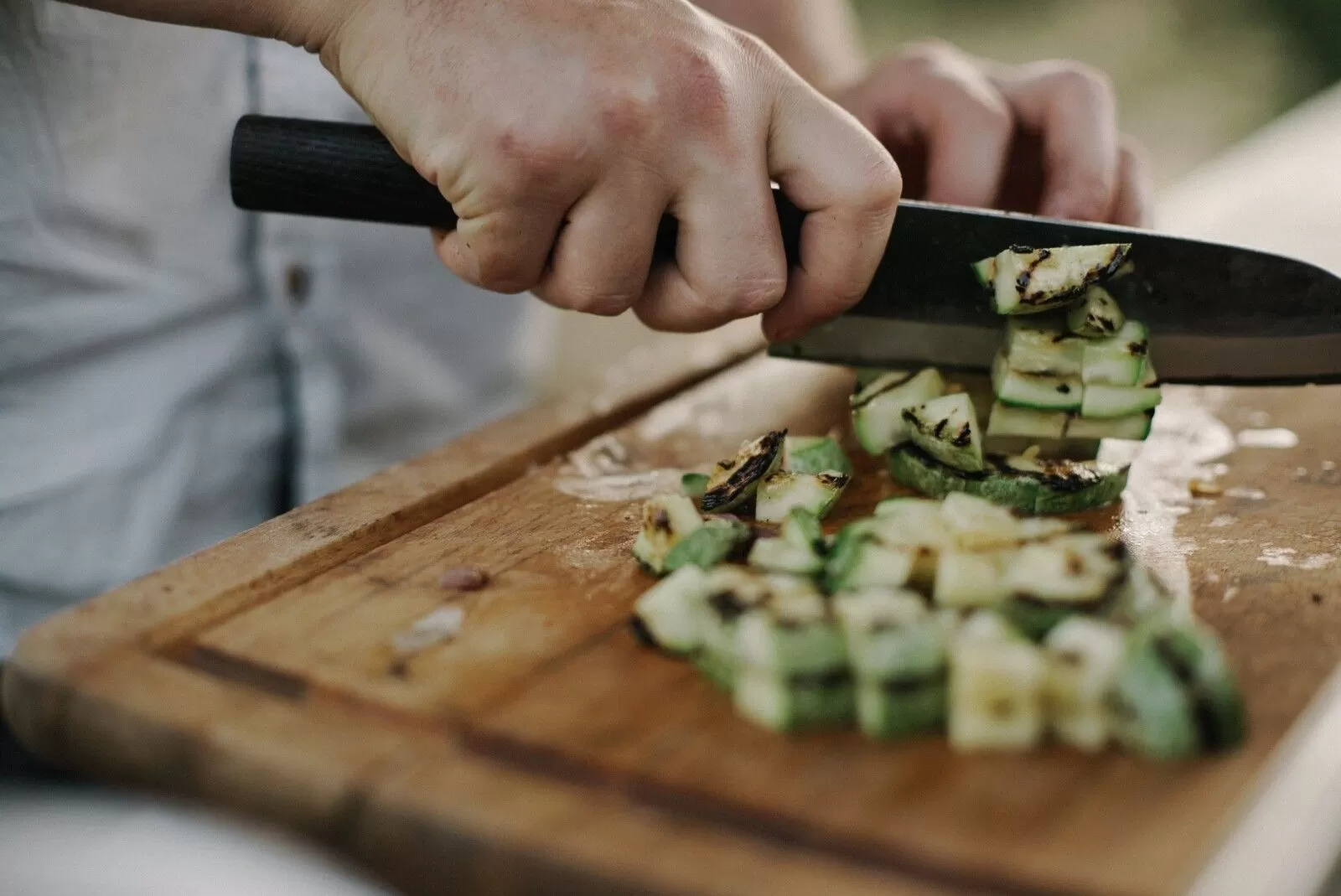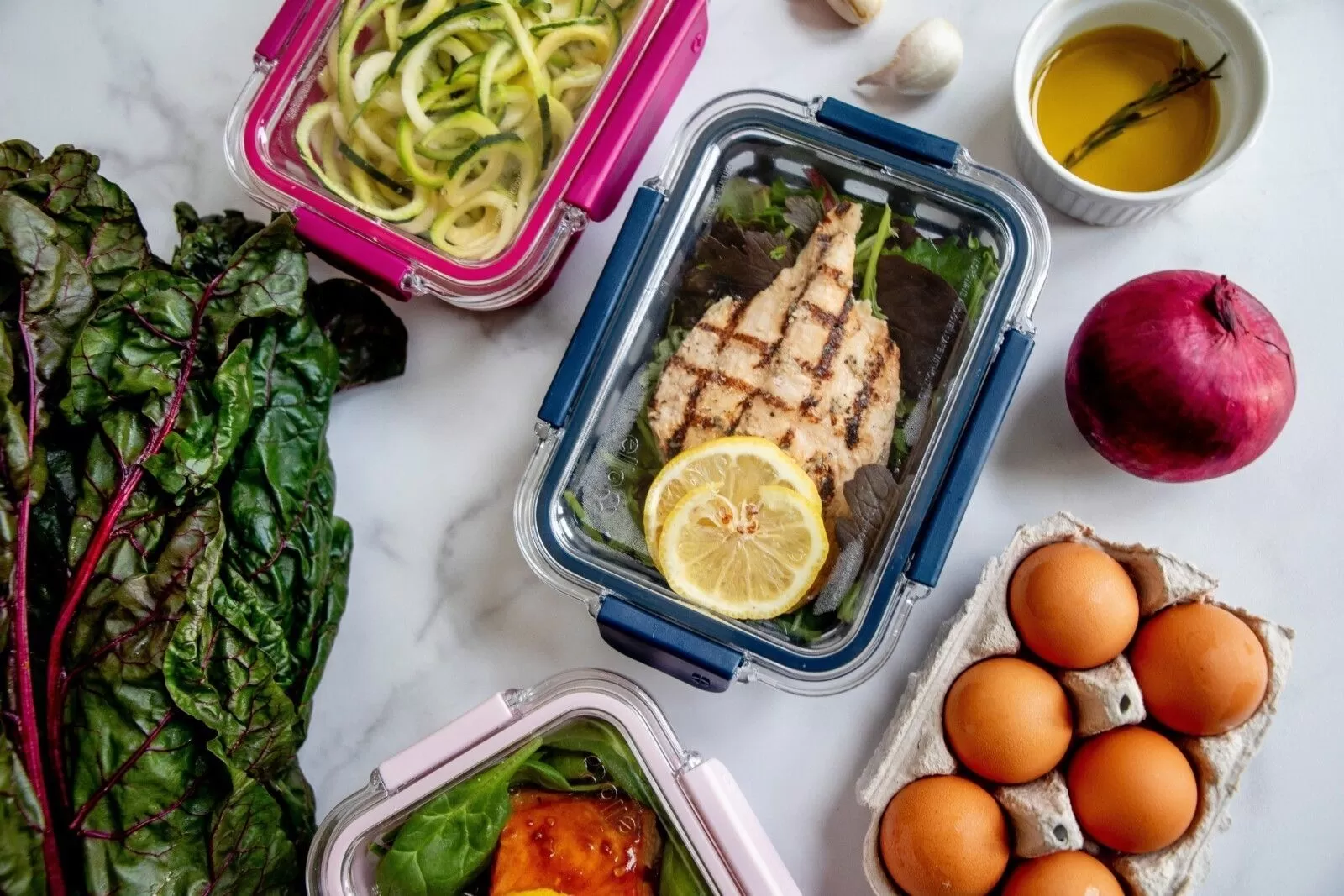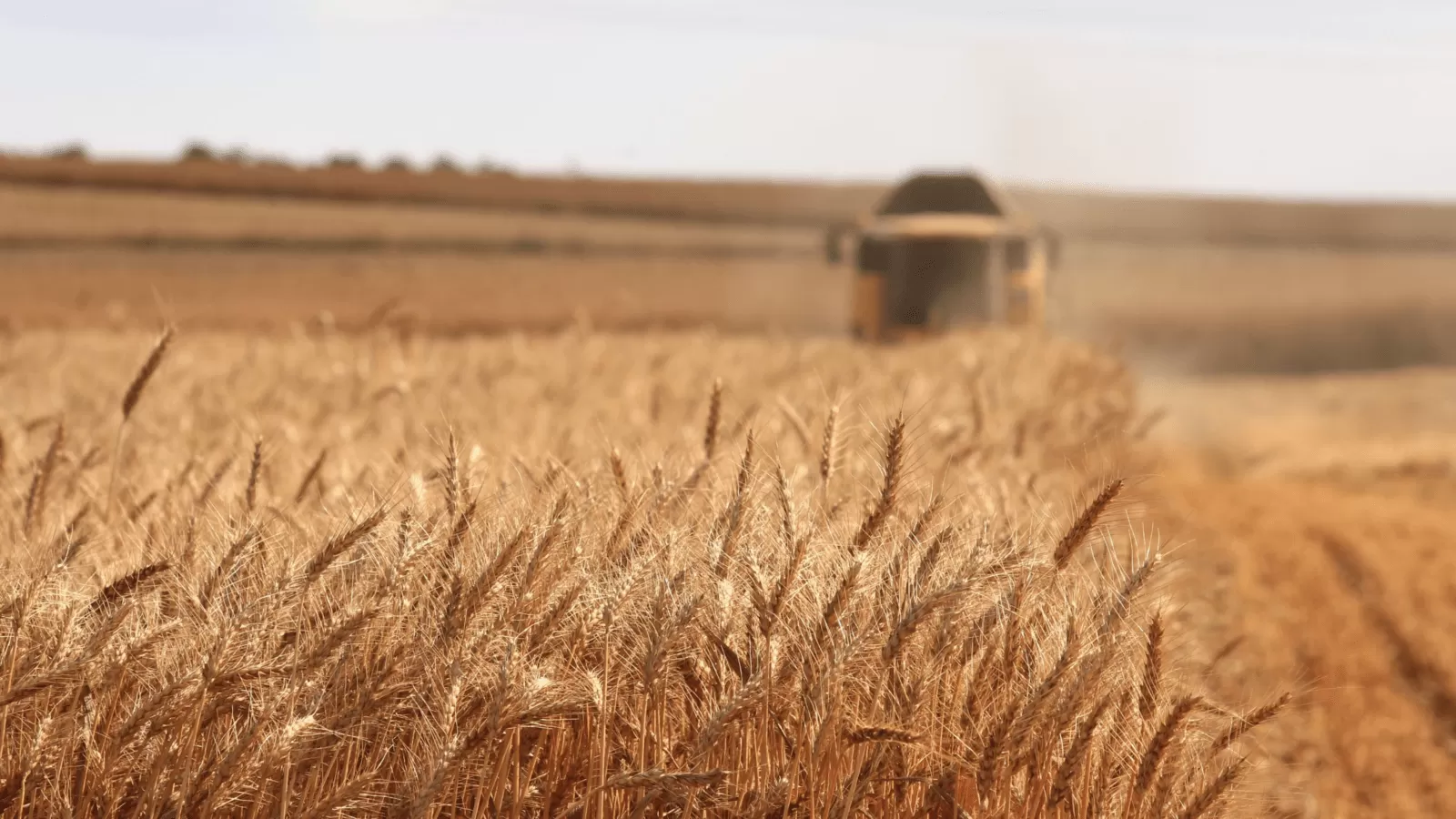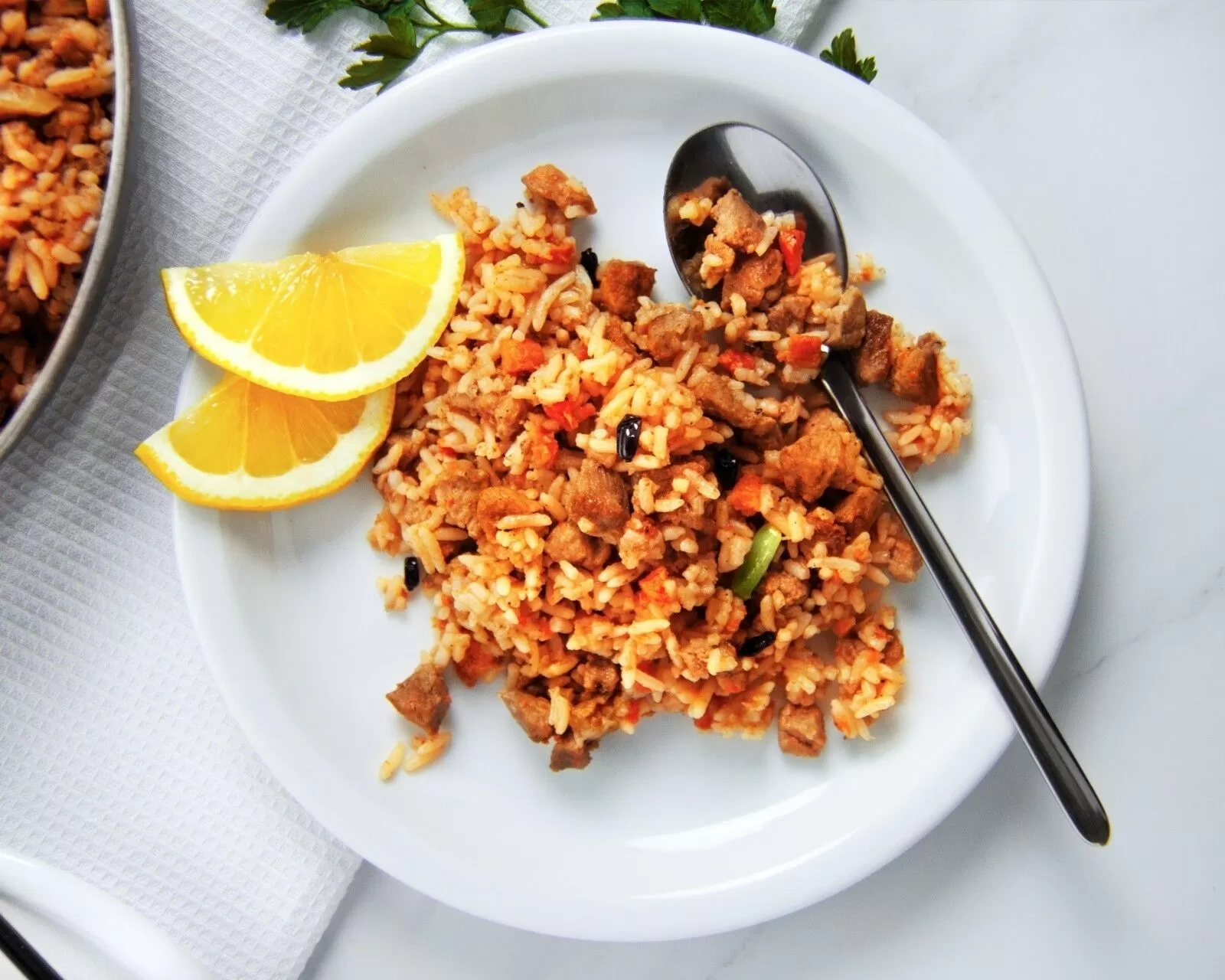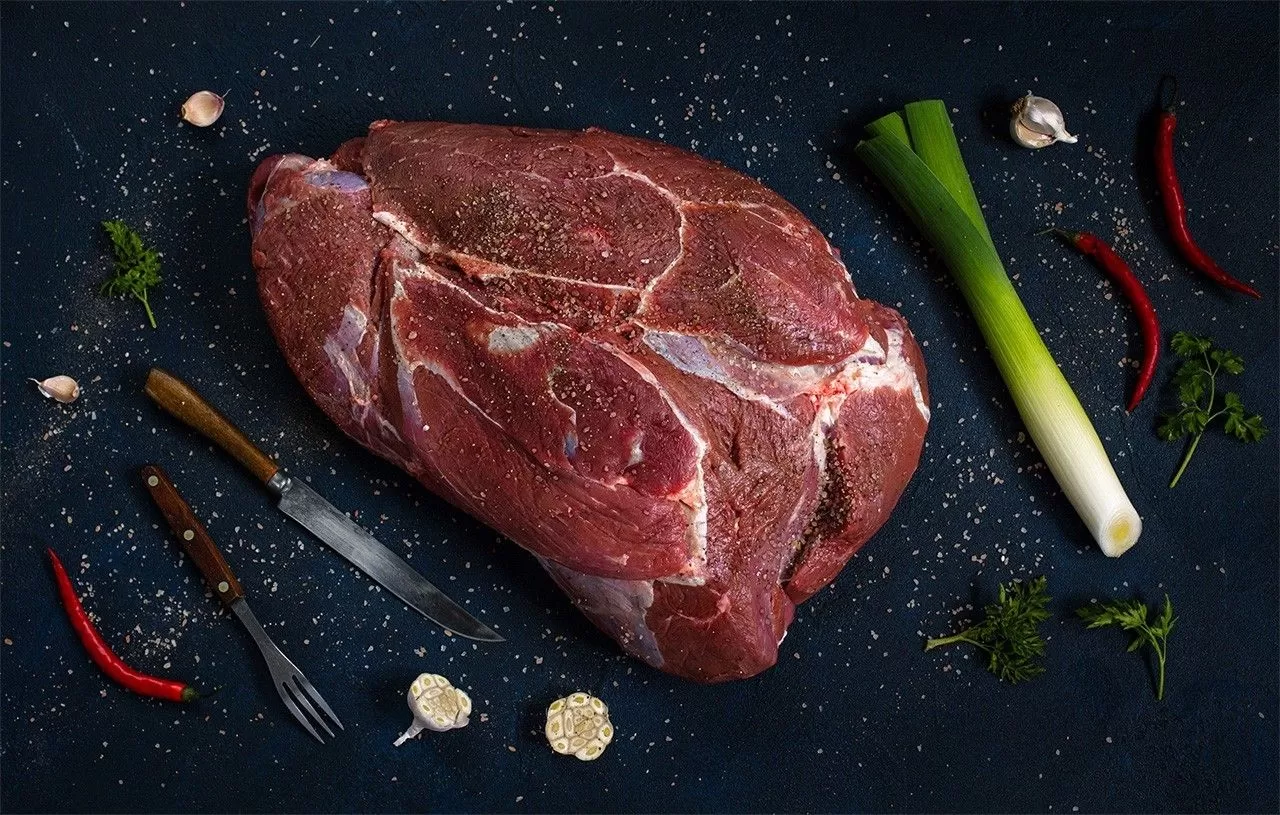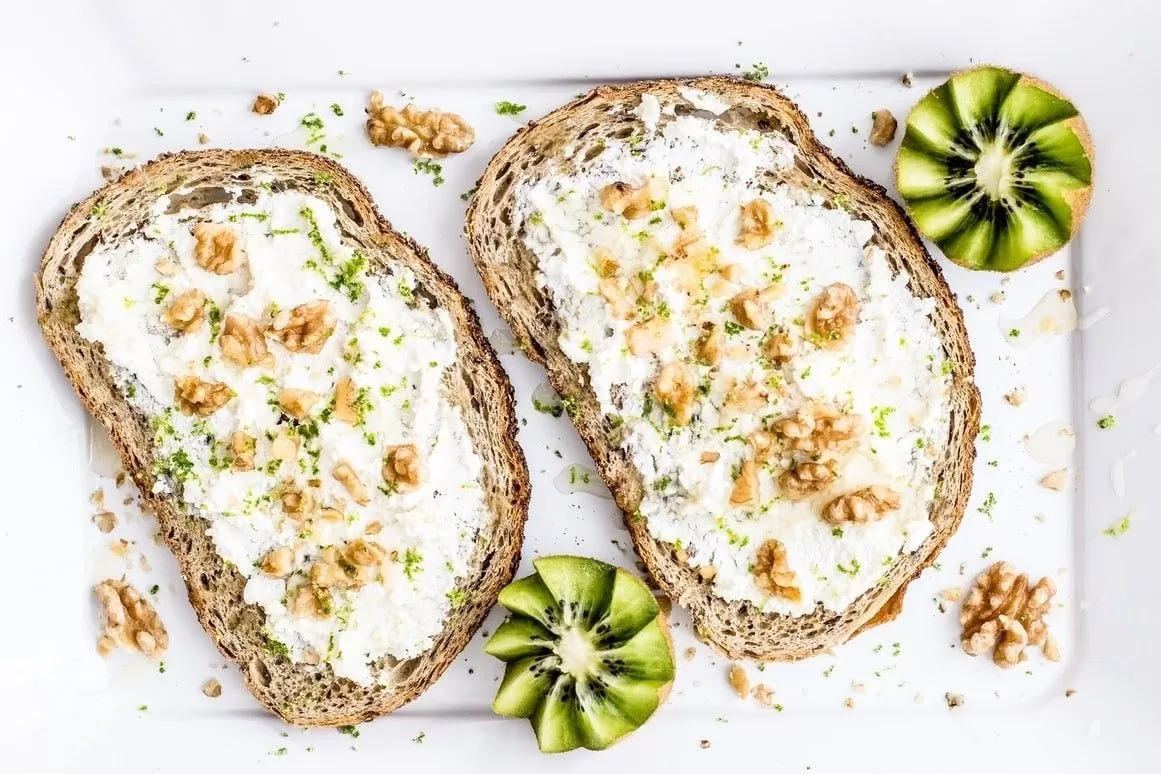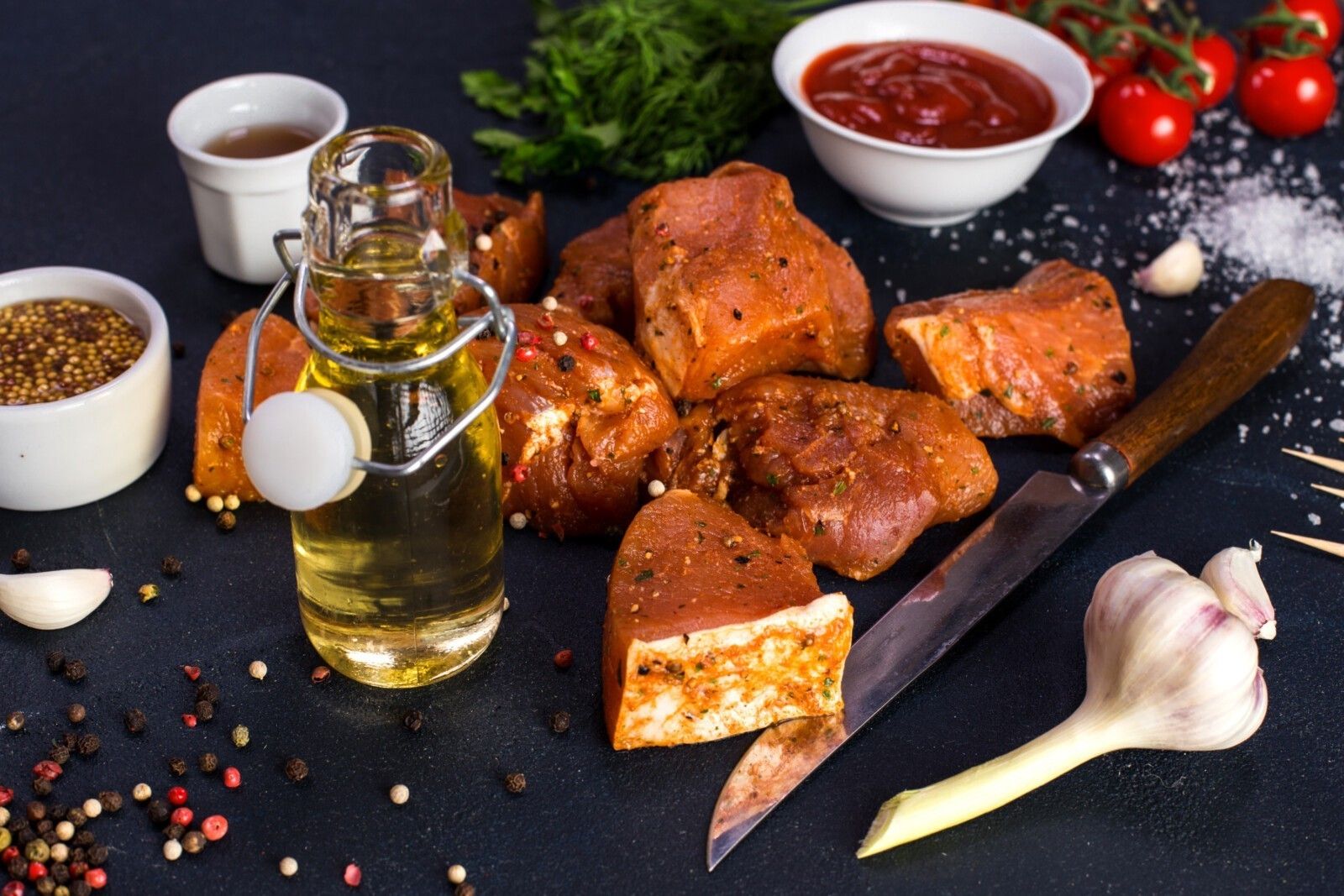
We have already talked with you about how to cook a steak and how to salt it. Time to talk about how to fry it. Or rather, what to use for frying: vegetable oil or butter.
Let’s start with the facts.
- The smoke point for butter 150 °C;
- Olive oil (depending on quality) has a temperature of 175 to 210 °C;
- The smoke point of coconut oil is 232 °C;
- Avocado oil and rapeseed oil have a smoke point of 270 °C;
The smoke point of cooking oil or animal fat is the temperature at which it begins to break down and heat. When this happens, toxic fumes are released into the air, and free radicals, which are extremely harmful to our health, enter our food.
Please note that butter has the smallest smoke point, which means you should not use it for frying at high temperatures.
When we fry a beef or pork steak, the average temperature of the pan is 230 °C. Consequently, all oils that have a smoke point less than 230 °C will begin to melt even before you put a piece of meat in the pan. Therefore, the steak will absorb the burnt taste and will taste bitter and unpleasant.
What about olive oil?
Let’s get back to the facts. The melting point of olive oil is also not very high. 210 °C is too low to keep the oil from burning when you fry your steak. Don’t rely on the conventional wisdom that olive oil is the best fat for a steak. It is not always so.
When roasting chicken, olive oil works great. After all, chicken meat is cooked faster, so the oil will not have time to burn. However, if you need to cook a large beefsteak, say Ribeye, it is best to use an oil with the highest smoke point. For example, rapeseed oil or avocado oil.
Their smoke point is 270 °C, which is more than the average heating temperature of the pan. With these facts, you can fry the steak until it is crusty without harming your health.
So what to refuse butter?
Of course, you shouldn’t give up butter either. After all, it gives a special taste to the meat. However, it should not be added before cooking the steak, but at the end, so that the meat has time to absorb all the taste of fat and does not burn out.
Also, don’t forget that butter is great for shrimp, for example. After all, they cook quickly enough, so the oil will not have time to burn.
When we talk about meat that takes more time to cook, it is better to use more persistent fats — avocado oil (which is very beneficial for our health, by the way), or rapeseed oil.
Як щодо соняшникової олії?
Так, це найпопулярніший рослинний жир в Україні, проте ми не радимо його використовувати для приготування м’яса. Точка димлення рафінованої соняшникової олії 230°C; а нерафінованої – трішки більше ніж 100°C. Попри це, соняшникова олія вважається найменш корисною для здоров’я. Звісно, це не означає, що нам потрібно відмовитися від неї на 100%, проте смак дорогих і якісних стейків цей жир може добряче зіпсувати, не кажучи вже про викид канцерогенів, які утворюються в олії при високих температурах.
Зауважте!
Яке б масло чи олію ви не використовували, для приготування стейка чи просто шматка м’яса потрібно зовсім трішки жиру. А від так, яку б шкоду не ніс той чи інший жир, його разове використання буде давати мізерний вплив на наше здоров’я. Проте якщо ми постійно “випалюємо” олію чи масло на сковороді і не змінюємо спосіб готування, з часом це може суттєво вплинути на наше здоров’я. Також пам’ятайте, що якість самого жиру суттєво відбиватиметься на смаку м’яса, яке ми готуємо. А тому радимо переглянути свої кулінарні звички і готувати їжу на тій олії, яка приноситиме лише користь!

